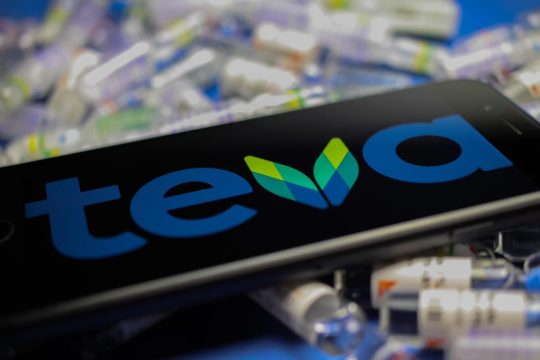Advertisment
Therapeutic hypothermia is safe and feasible
Report from the (TCT) Scientific Symposium, 27 October – 1 November, San Francisco. A clinical trial shows that rapidly cooling patients who have suffered ST-elevation myocardial infarction (STEMI, the most serious form of a heart attack) prior to restoring blood flow is safe and feasible. The findings of the CHILL-MI trial were presented at the 25th annual Transcatheter Cardiovascular Therapeutics (TCT) scientific symposium.
Results of the CHILL-MI Trial Presented at TCT 2013
A clinical trial shows that rapidly cooling patients who have suffered ST-elevation myocardial infarction (STEMI, the most serious form of a heart attack) prior to restoring blood flow is safe and feasible.CHILL-MI was a prospective, randomized multicenter efficacy trial that builds on initial findings from the pilot RAPID MI-ICE trial, which showed significantly reduced infarct size when patients were cooled below 35°C before angioplasty. The primary endpoint for CHILL-MI was myocardial infarct size as a percentage of myocardium at risk, assessed by magnetic resonance imaging (MRI) at 2-6 days after the procedure.
This study enrolled 120 patients in nine centers with large anterior and inferior STEMIs with infarct duration of less than six hours. Patients underwent PCI and were randomized to the traditional standard of care or hypothermia induced by rapid infusion of up to 2,000 ml cold saline combined with endovascular cooling. In the hypothermia group, cooling was initiated before PCI and continued for one hour after reperfusion with a target temperature of 33°C followed by spontaneous rewarming.
Due to the time required for cooling, door-to-balloon time was impacted by an average of nine minutes in the hypothermia group. The primary endpoint, infarct size in relation to the area at risk was non-significantly reduced by 13 percent (p=0.15) with similar myocardium at risk between both groups. Although the trial missed its primary endpoint, exploratory analysis indicates an effect in the early anterior patient population with a 33 percent reduction of infarct size.
At 45±15 days there was no mortality. However, the incidence of clinical heart failure was 14 percent in the control group and 3 percent in the hypothermia group (p<0.05).
“Hypothermia using intravenous cold saline and an endovascular venous cooling catheter was safe, feasible and reduced temperature to 34.7°C before reperfusion, with a delay of reperfusion of nine minutes,” said lead investigator David Erlinge, MD. Dr. Erlinge is a Professor in the Department of Cardiology at Lund University and Skane University Hospital in Sweden.
“Although reduction in infarct size in relation to area at risk did not reach significance, we found a significant reduction in the incidence of clinical heart failure. Furthermore, we observed a large reduction in infarct size in the anterior patient population, but this needs to be validated in a prospective study.”
The CHILL-MI trial was funded by Philips. Dr. Erlinge reported a speaker’s honoraria from Philips.





